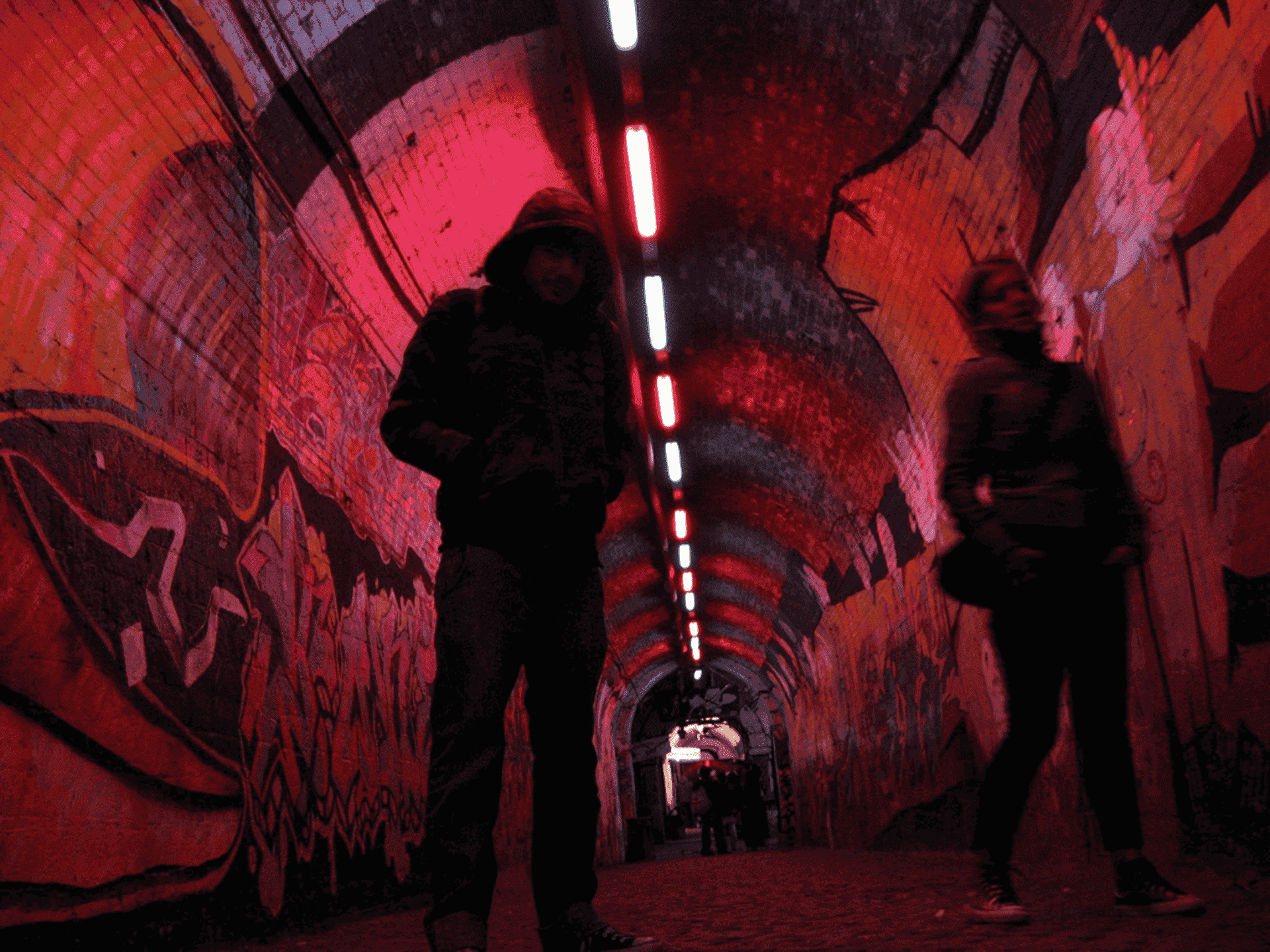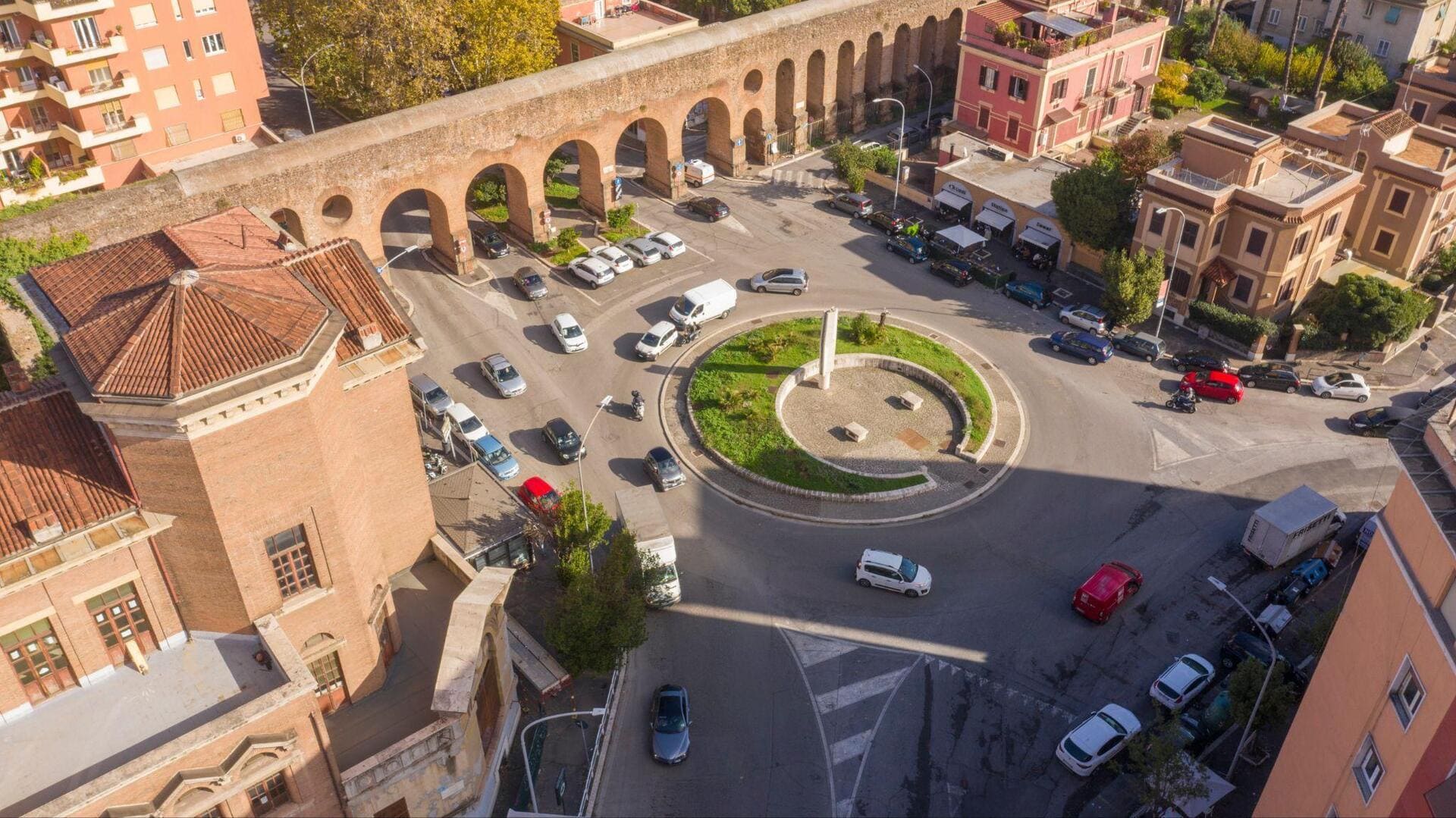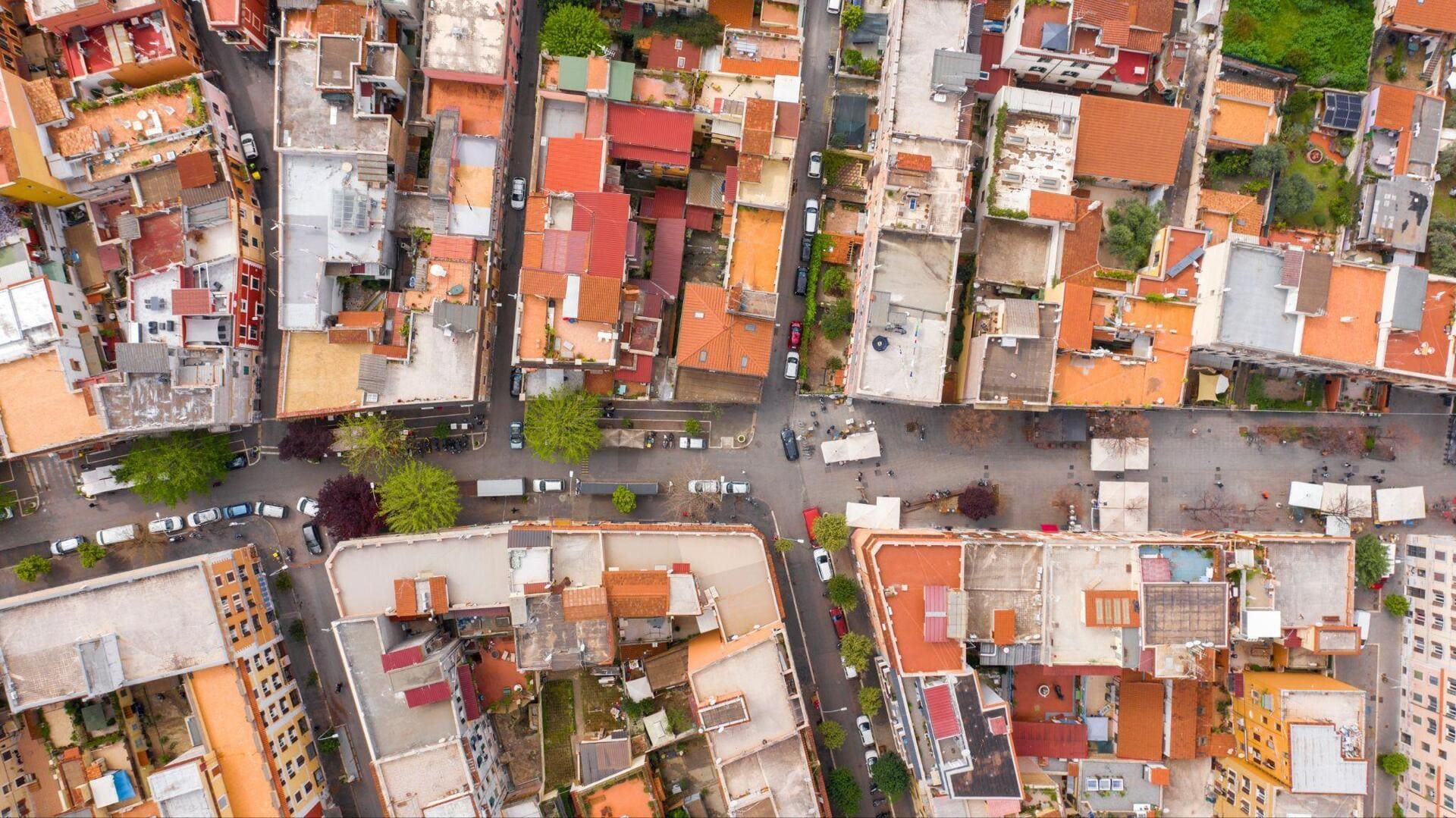Rome’s Metro Line C, currently under construction—with 19 kilometres and 22 stations already in service—will link the city’s far eastern suburbs to its historic centre.
This vital piece of sustainable transport infrastructure, being developed by the Metro C consortium led by Webuild and Vianini Lavori, runs through a series of distinctly characterful neighbourhoods: from the historic charm of Lodi, to the vibrant, creative energy of Pigneto, and on to Centocelle, a district undergoing a dynamic transformation.
Lodi: Just outside the City Centre, in front of the Aurelian Walls
Lodi station is located in an area rich in historical treasures. Stepping out of the metro, you’re immediately greeted by the imposing Aurelian Walls, which still mark the boundary between central Rome and its outer districts.
Just a short walk away lie some true gems: the Basilica of Santa Croce in Gerusalemme—one of the city’s most important churches—and the ruins of the Hellenian Baths, built at the order of Empress Helena. Also nearby is the Museum of Musical Instruments, home to a fascinating collection from across Europe.
Pigneto: A Different Energy, Between Street Art and Archaeological Sites
Once a working-class area, Pigneto is now a vibrant mix of street artworks, independent bookshops, and bars, where you might stumble upon an exhibition or an impromptu concert.
But there’s more to the neighbourhood than its hipster charm—it has deep historical roots, visible in the remains of the Mausoleum of the Gordians and the Torrione Prenestino Park. Not far away, Villa Gordiani offers a peaceful green archaeological site where ancient Rome and the modern city meet in the most unexpected way.
Centocelle: A Transforming Food District
In recent years, Centocelle has evolved while preserving its identity. Originally designed as a garden city, with colourful houses and 1920s apartment buildings, it now offers a striking blend of past and present. At the heart of this energy is Forte Prenestino—a former military fort turned self-managed social centre—where culture, politics, music, and much more come together.
Centocelle is not just about history and working-class architecture. In recent years, it has also become a true destination for food lovers. Often dubbed “the new food district of East Rome,” it’s home to original restaurants, neighbourhood bistros, and a new generation of chefs choosing to invest in the area. Alongside this emerging culinary scene, the neighbourhood retains its authentic soul, with local markets, historic shops, lively piazzas, and the Alexandrian Aqueduct cutting through it, offering unexpected and picturesque views.





